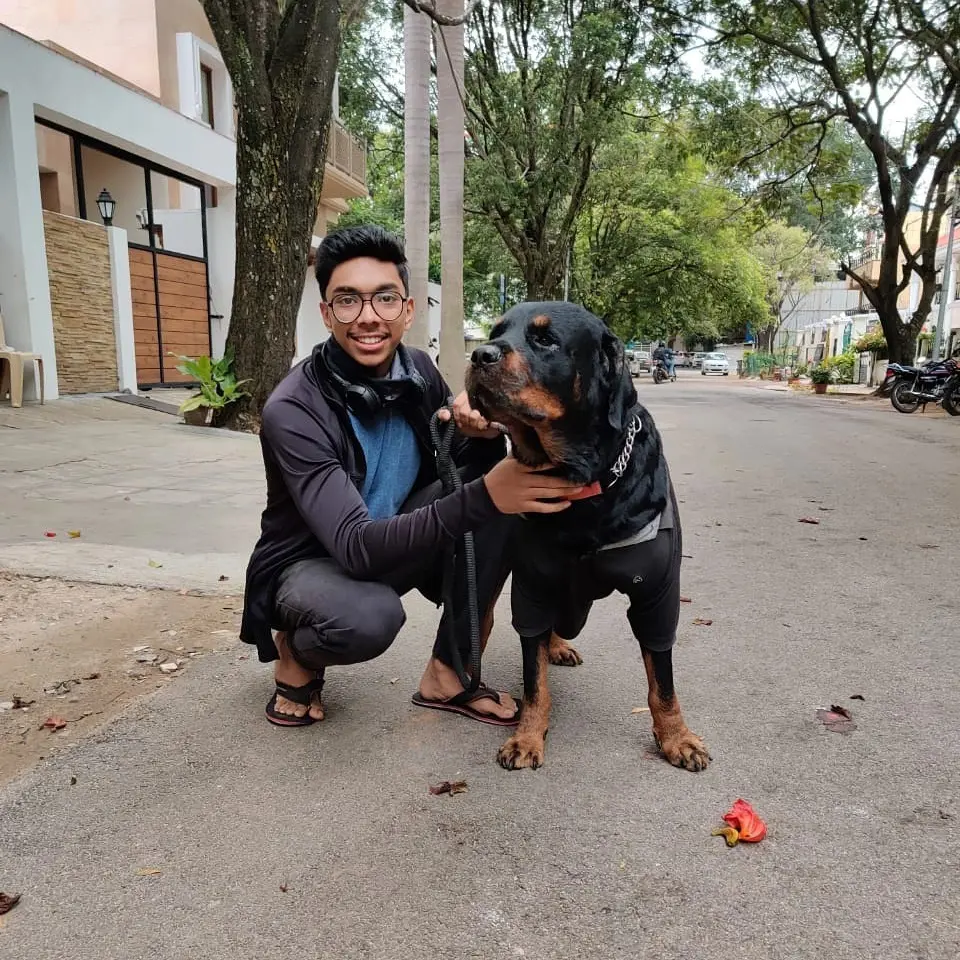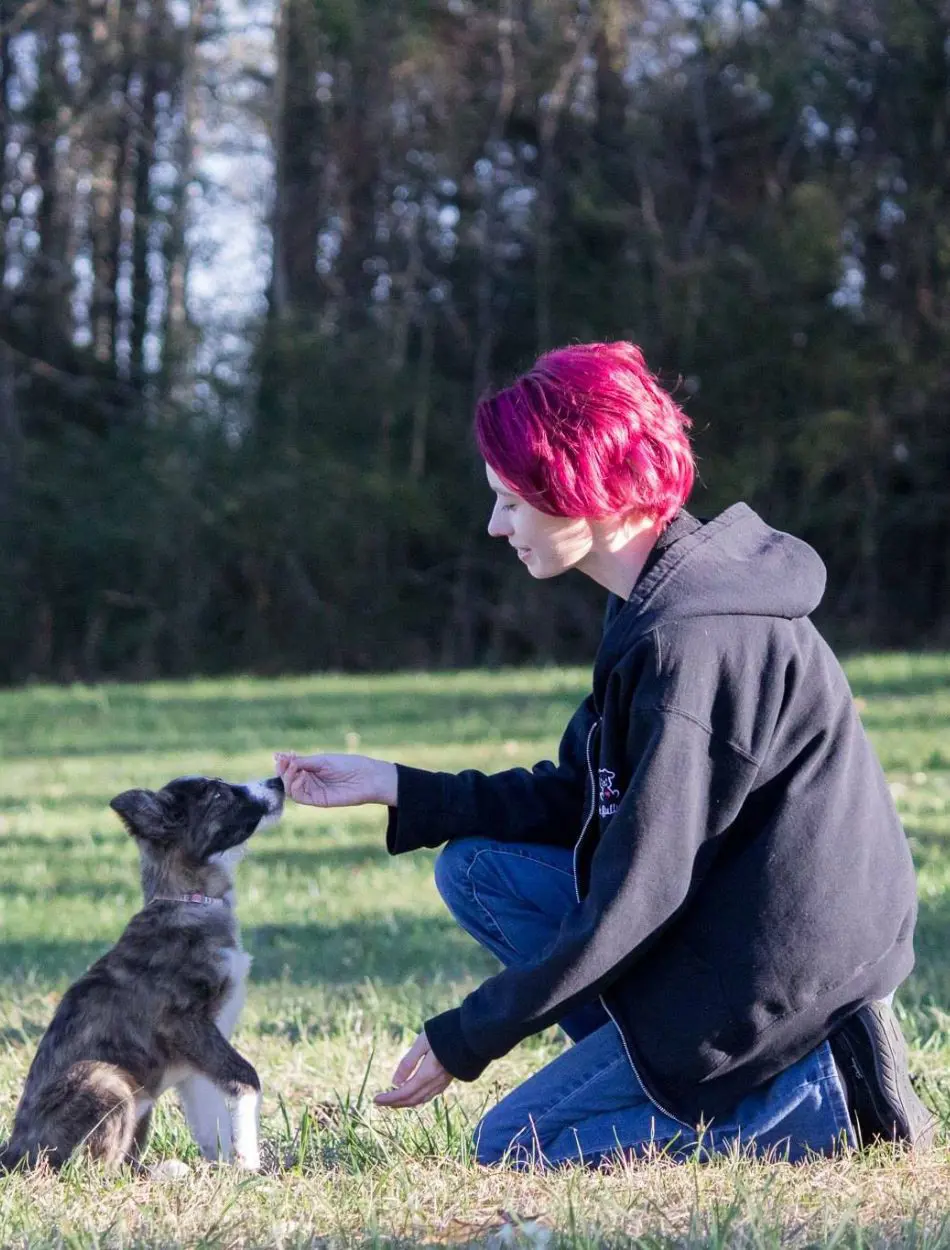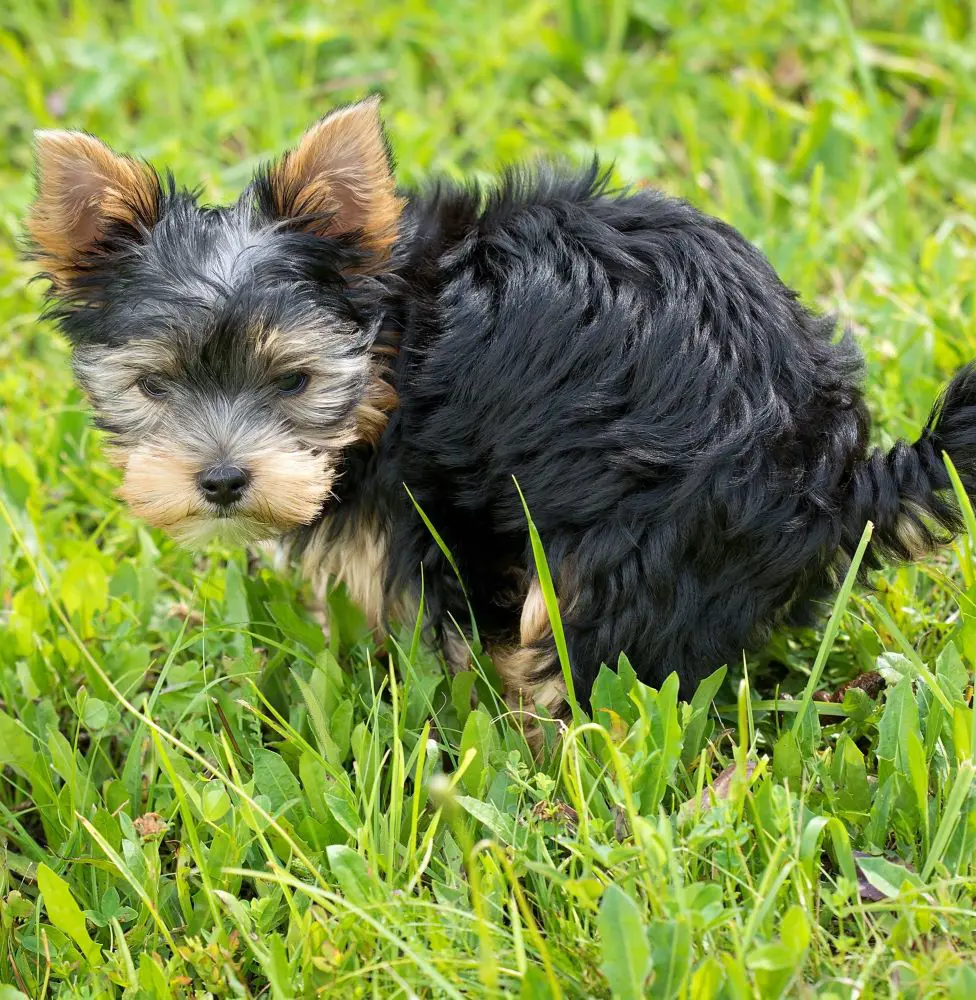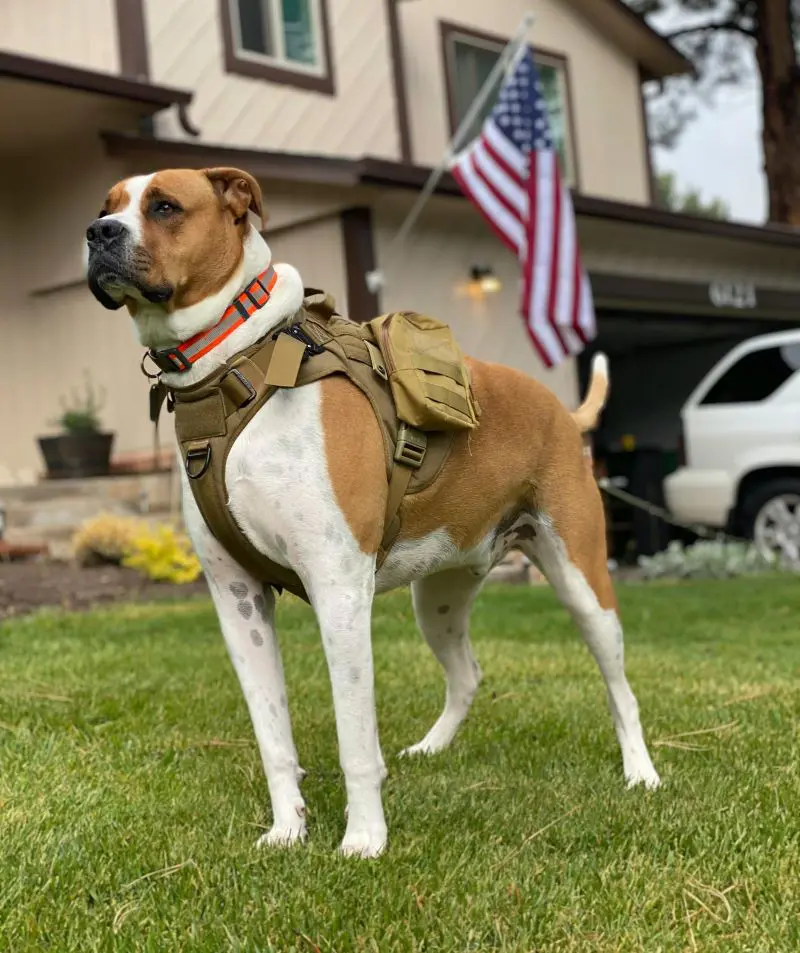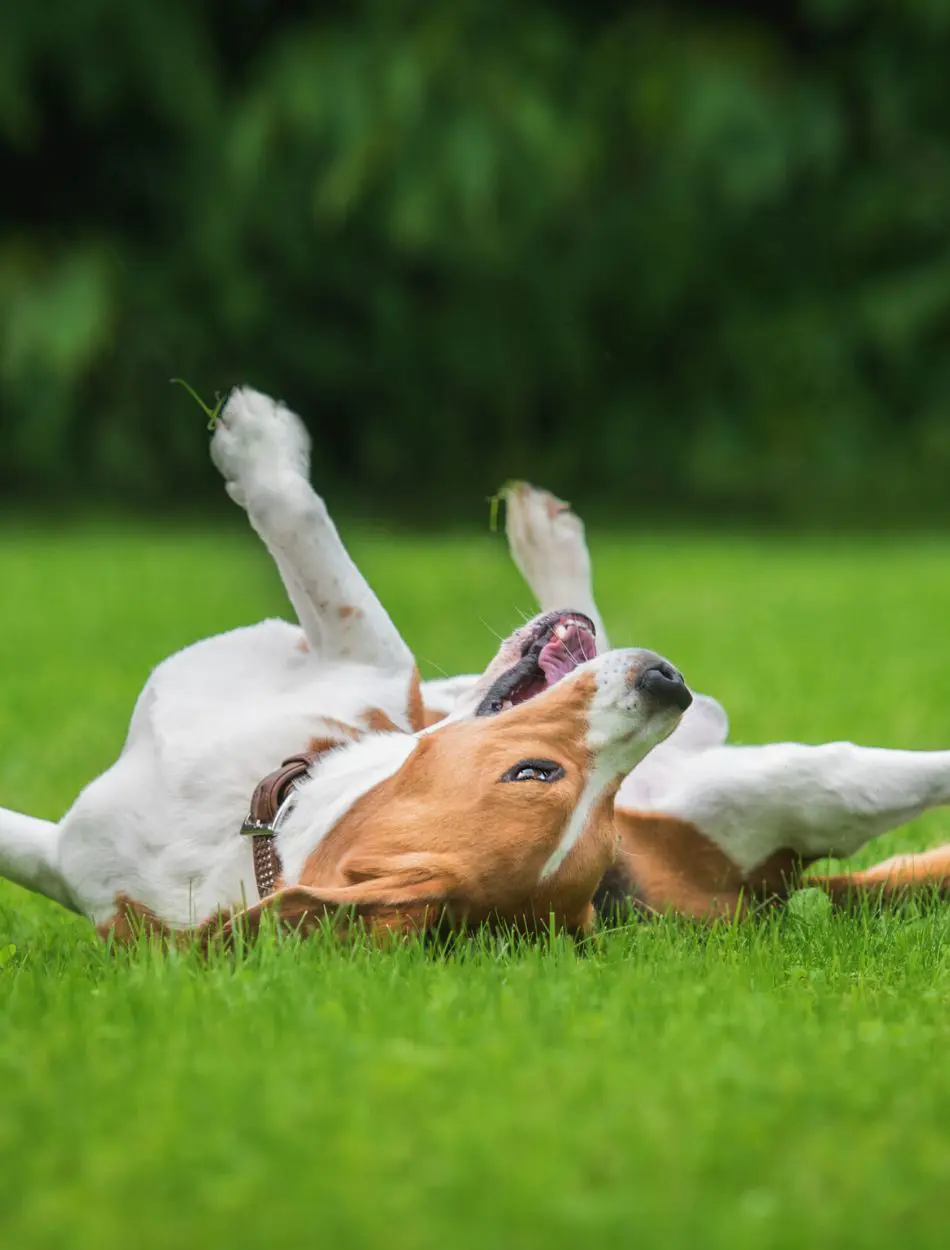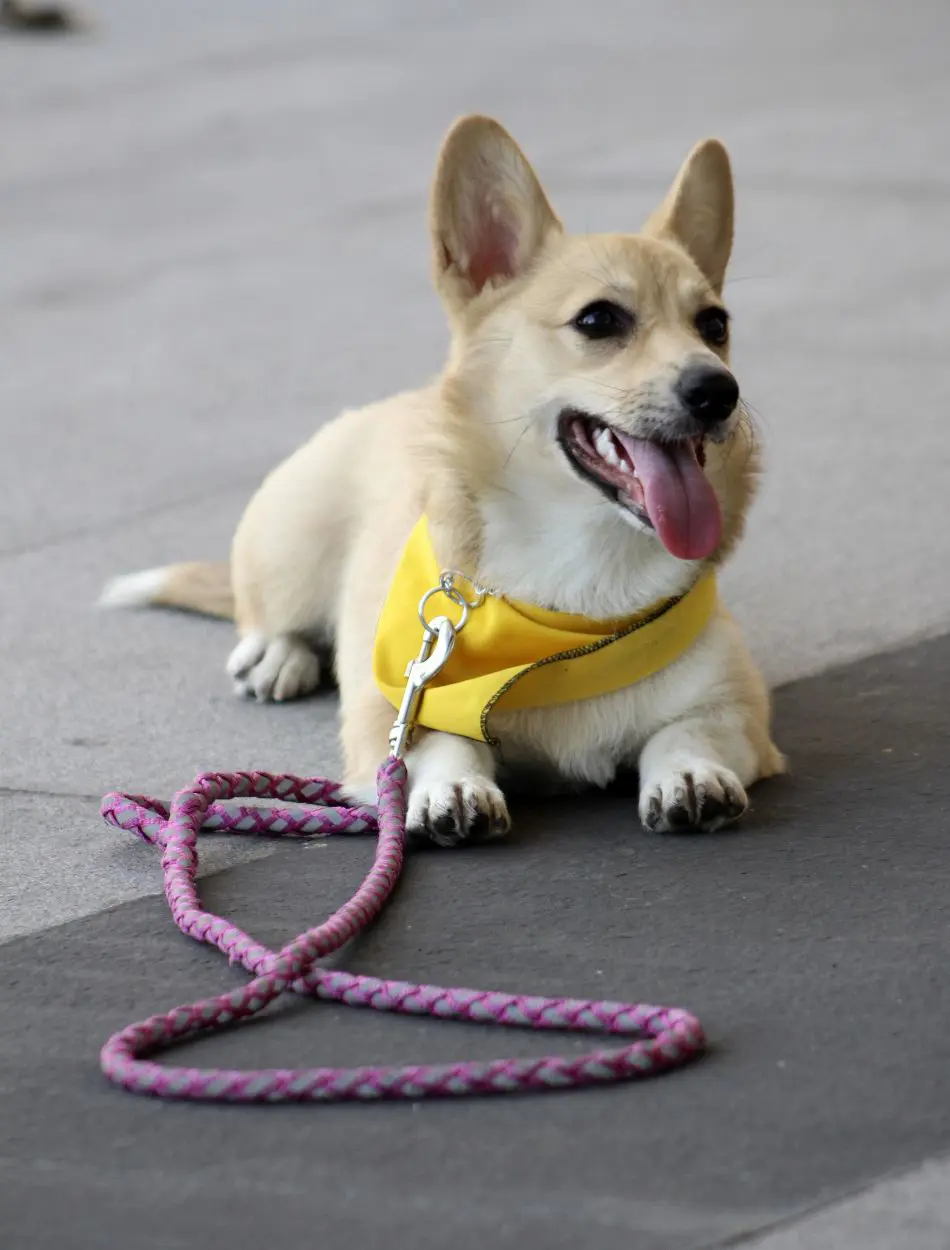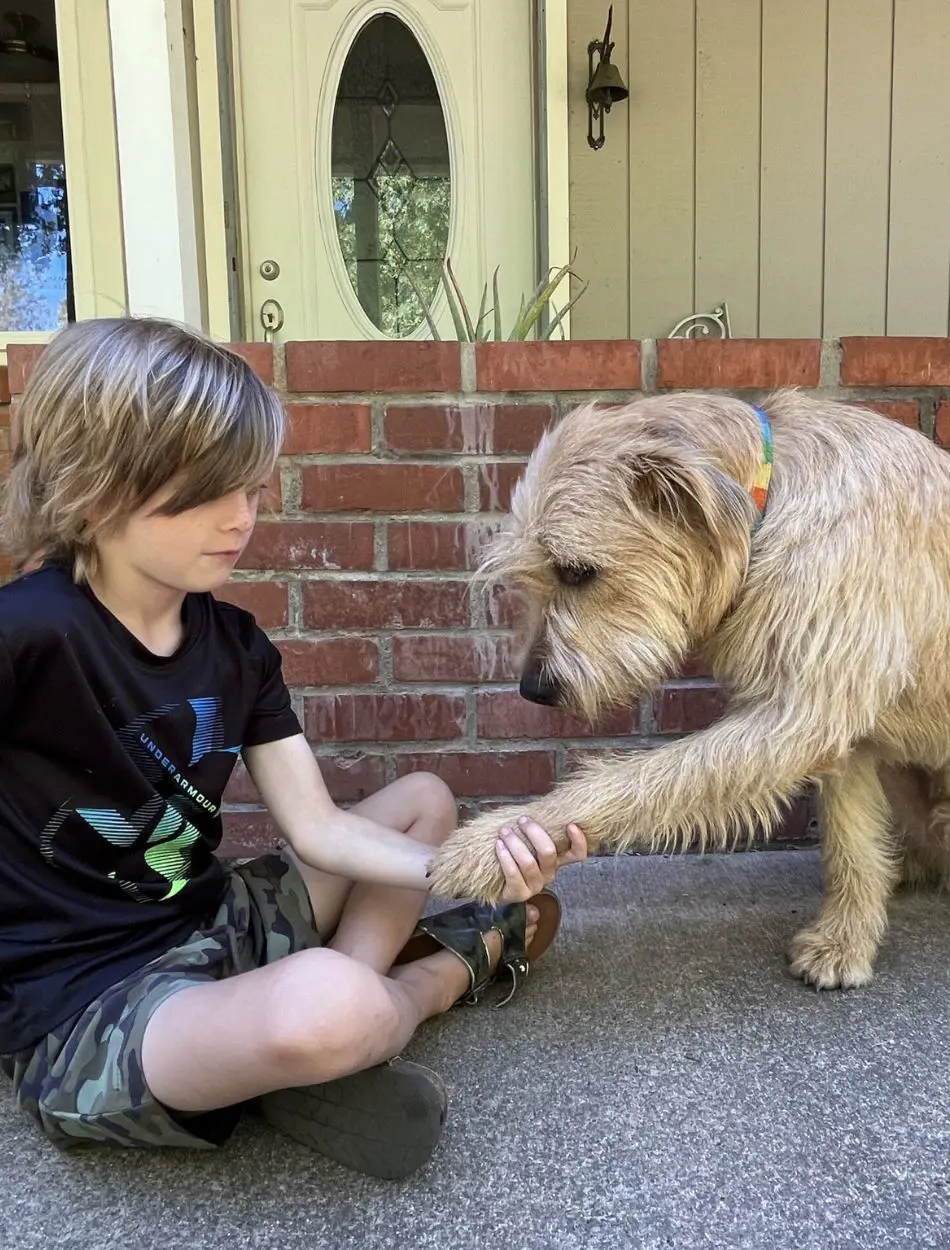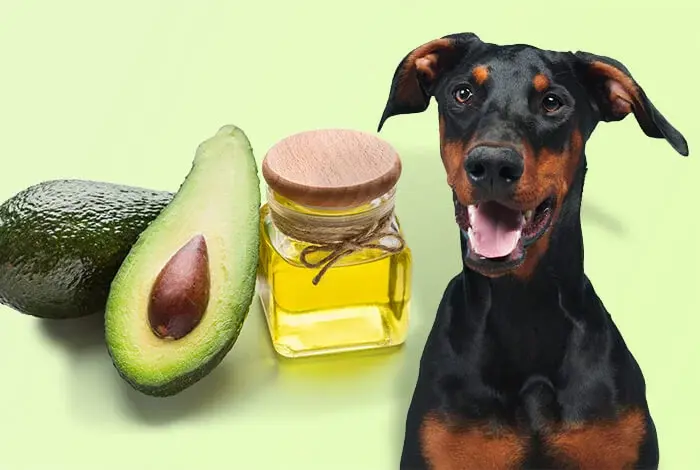How to Potty Train Your Dog in 7 Days

Welcoming a new furry friend into your home is exciting, but housebreaking can feel overwhelming. Puddles and accidents are inevitable, but fear not! With consistent effort and a strategic approach, you can transform your pup from potty-panic to potty-pro in just seven days.
This guide will equip you with a step-by-step plan, from creating a designated potty spot to understanding your puppy's biological cues. We'll also cover how to leverage positive reinforcement and manage setbacks effectively. By following these expert tips and tricks, you'll be enjoying a cleaner home and a happier pup in no time.
1. Establish a Routine
Creating a consistent schedule is crucial for successful potty training. Take your puppy outside frequently, ideally every 30 minutes, as well as after meals, play sessions, and naps. Consistency helps your dog learn when and where they should go.
2. Designate a Potty Area
Choose a specific spot in your yard for your puppy to use as their bathroom. Consistently bringing your puppy to this spot reinforces the idea that this is where they should go. The familiar scent will also encourage them to use the same place again.
3. Positive Reinforcement
Praise your puppy and offer a treat immediately after they go potty outside. This positive reinforcement helps them associate going potty outside with good things. If they don't go, return them to their confinement area for 10-20 minutes before trying again.
4. Supervised Freedom
After your puppy successfully goes potty, allow them some supervised playtime indoors or outside. This rewards their good behavior and helps them understand that going potty in the right place means more freedom.
5. Track Potty Habits
Keep a record of when and where your puppy goes potty. This will help you identify patterns and adjust the schedule accordingly. Knowing your puppy's habits can prevent accidents and ensure timely potty breaks.
6. Feeding Schedule
Establish a feeding schedule to regulate your puppy's bathroom needs. Puppies often need to go potty shortly after eating, so feeding at consistent times helps predict when they will need to go out.
7. Handling Accidents
If your puppy has an accident indoors, calmly take them outside to the designated potty area and praise them if they finish there. Avoid punishment, as it can cause fear and confusion, leading to more accidents.
Tips for Speeding Up the Process
Monitor Potty Patterns: Use a chart or notepad to track your puppy’s potty habits, noting the times and locations of their bathroom breaks. This will help you identify when they are most likely to need to go.
Clean Accidents Thoroughly: Use a pet-safe cleaner to remove any lingering odors from accidents inside. This prevents your puppy from being attracted to the same spot again.
Stay Consistent: Stick to the routine, and be patient. Consistency is key to successful potty training.
Common Questions
What if my puppy regresses? If you notice your puppy regressing, review their routine and any recent changes that might be affecting their behavior. Ensure they are getting enough potty breaks and that nothing in their environment is causing stress.
How do I handle excited peeing? Some puppies may pee out of excitement when they see you. To manage this, keep greetings low-key and consider greeting them outside. Most puppies outgrow this behavior with time.
Top Lists
